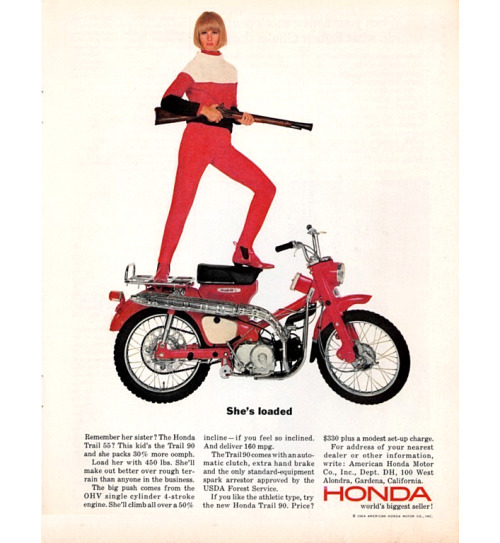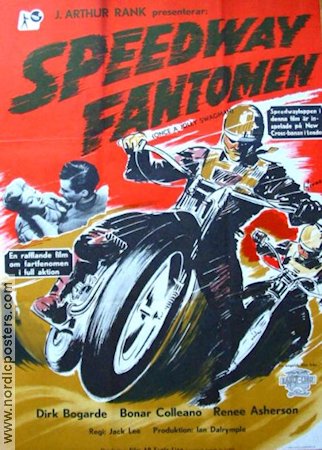
William Raymond Amm is killed during the 1955 Nations Grand Prix in Italy.
Originally from Salisbury in Southern Rhodesia, Ray Amm started grass-track racing near Salisbury when he was 17 years old after purchasing an 500cc AJS motorcycle. Being a novice to both motorcycles and racing, he finished last in his first race. So, blaming the bike, a we all do, the AJS was quickly replaced with a Triumph. Soon he found himself finishing in the middle of the pack, then fifth, fourth, third...
The purchase of a brand new Norton motorcycle allowed Amm to enter the prestigious 1949 Port Elizabeth 200 Motor-Cycle Race in South Africa and despite breaking the lap-record he finished in 17th place when the clutch started to slip. Refusing to call it quits he entered the 1950 Port Elizabeth 200. Ray finished in 1st place for the 500cc race and set a new lap record of 95.86 mph. Another win followed in the 500cc class for the 1951 Port Elizabeth 2000 Race despite suffering carburation problems. After these successes the Salisbury Motor-Cycle Club helped with his passage to compete in Europe.
Amm finally moved from the works Norton motorcycles to the factory MV Agusta racing team. His debut race for MV Agusta was to be the 1955 Easter Monday race meeting at the Autodromo Enzo e Dino Ferrari in Imola, Italy. Riding a 350cc four-cylinder MV Agusta in the Coppa d'Oro Shell Race, Amm lost control at the Rivazza Corner as he pursued Australian Ken Kavanagh and crashed in the slippery conditions.
William Raymond Amm died of his injuries on the way to hospital. He was 27.








































